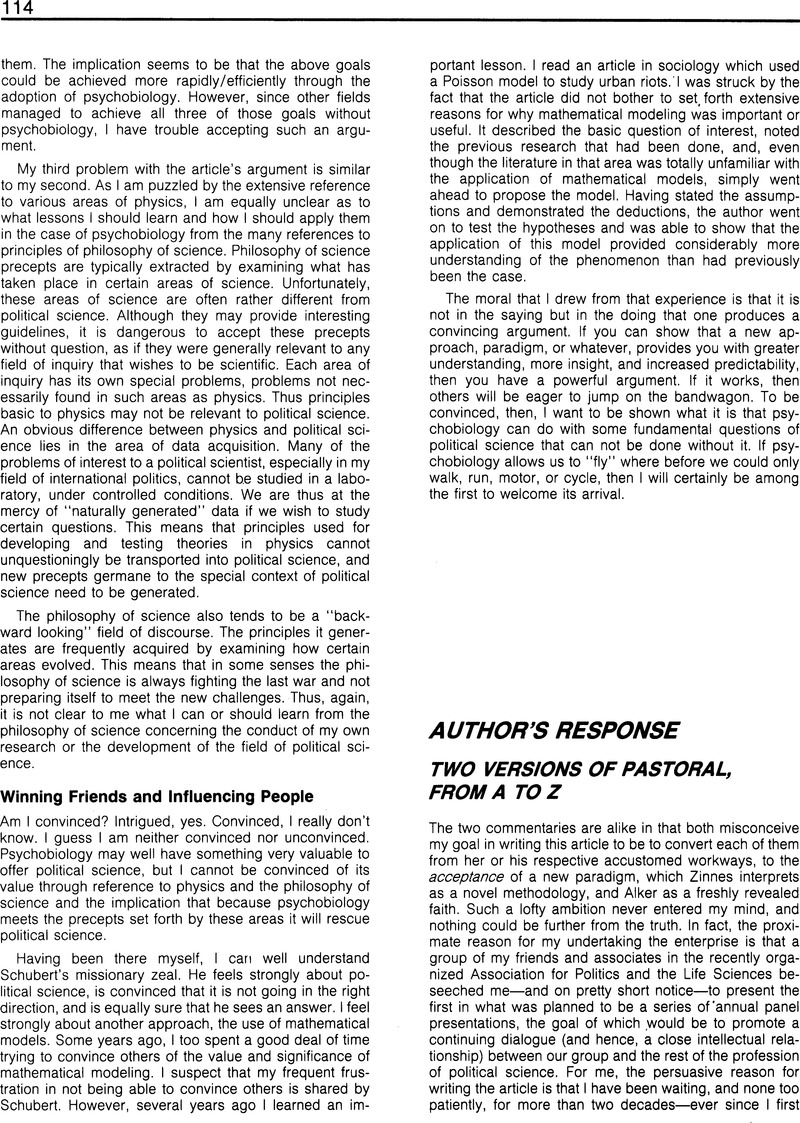Crossref Citations
This article has been cited by the following publications. This list is generated based on data provided by Crossref.
Peterson, Steven A.
and
Somit, Albert
1984.
Biopolitics in 1983.
Politics and the Life Sciences,
Vol. 3,
Issue. 1,
p.
76.
Dator, Jim
2024.
Living Make-Belief: Thriving in a Dream Society.
Vol. 9,
Issue. ,
p.
199.



